From their thunderous debut in the 1960s, muscle cars have captured the imagination of car lovers and thrill-seekers alike.
Born in an era of bold design and raw power, these iconic machines have evolved dramatically—racing through decades of innovation, regulation, and shifting trends.
As each generation redefined performance and style, muscle cars mirrored the changing cultural landscape—embodying freedom, rebellion, and American ingenuity.
This article explores how muscle cars transformed from brawny street legends to high-tech marvels, reflecting society’s ever-shifting passions and priorities.
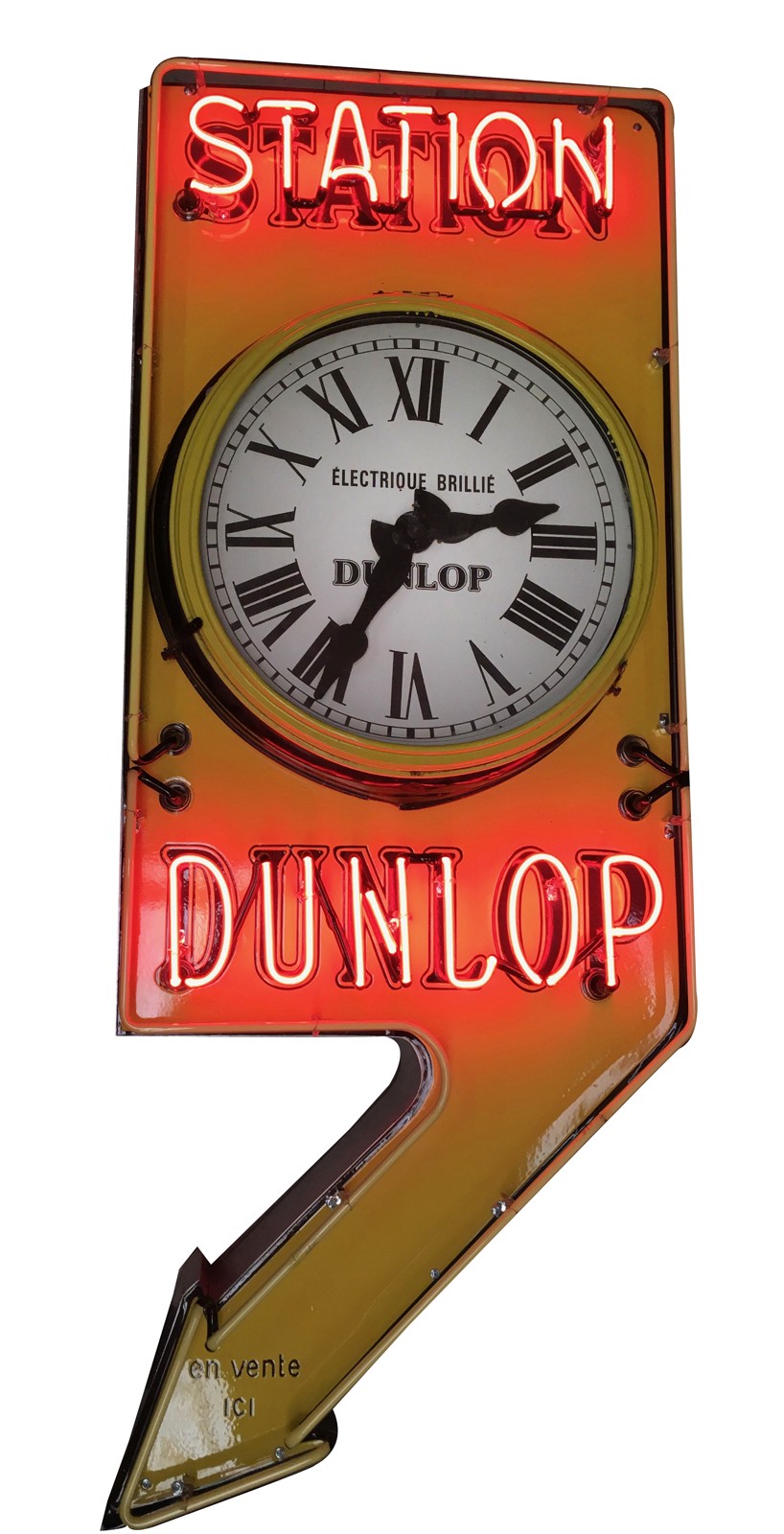
It was only a matter of time. With mass production of clocks on the rise in the late 19th century, it’s not surprising that the advent of clocks used for advertising purposes happened around the same period. Credit for that goes to one Edward Payson Baird, who left clockmaking giant Seth Thomas to branch out on his own in 1887. Based in Montreal, Canada, the Baird Manufacturing Company produced cases and doors for advertising clocks that housed Seth Thomas movements.
Always on the lookout for innovative ways to advertise, companies clamored to get their branding on these clocks, which they would then give away to businesses that used their products. The hope: A branded clock in a public place would likely garner thousands of glances from prospective customers as they checked the time of day. In the late 19th and early 20th centuries, one of the best locations for advertising clocks in rural areas proved to be the local general store, where consumers naturally spent lots of time.
The early 20th century also saw an increase in production—and big decrease in price—of that newfangled mode of transportation known as the automobile, initially a luxury only the wealthy could afford. Now the average Joe could pile the wife and kids in the family car and head off on a cross-country vacation, thanks to the growing U.S. highway system (most famously Route 66, commissioned in 1926 and completely paved by the end of the 1930s). By the 1950s, American road trips had firmly taken hold.
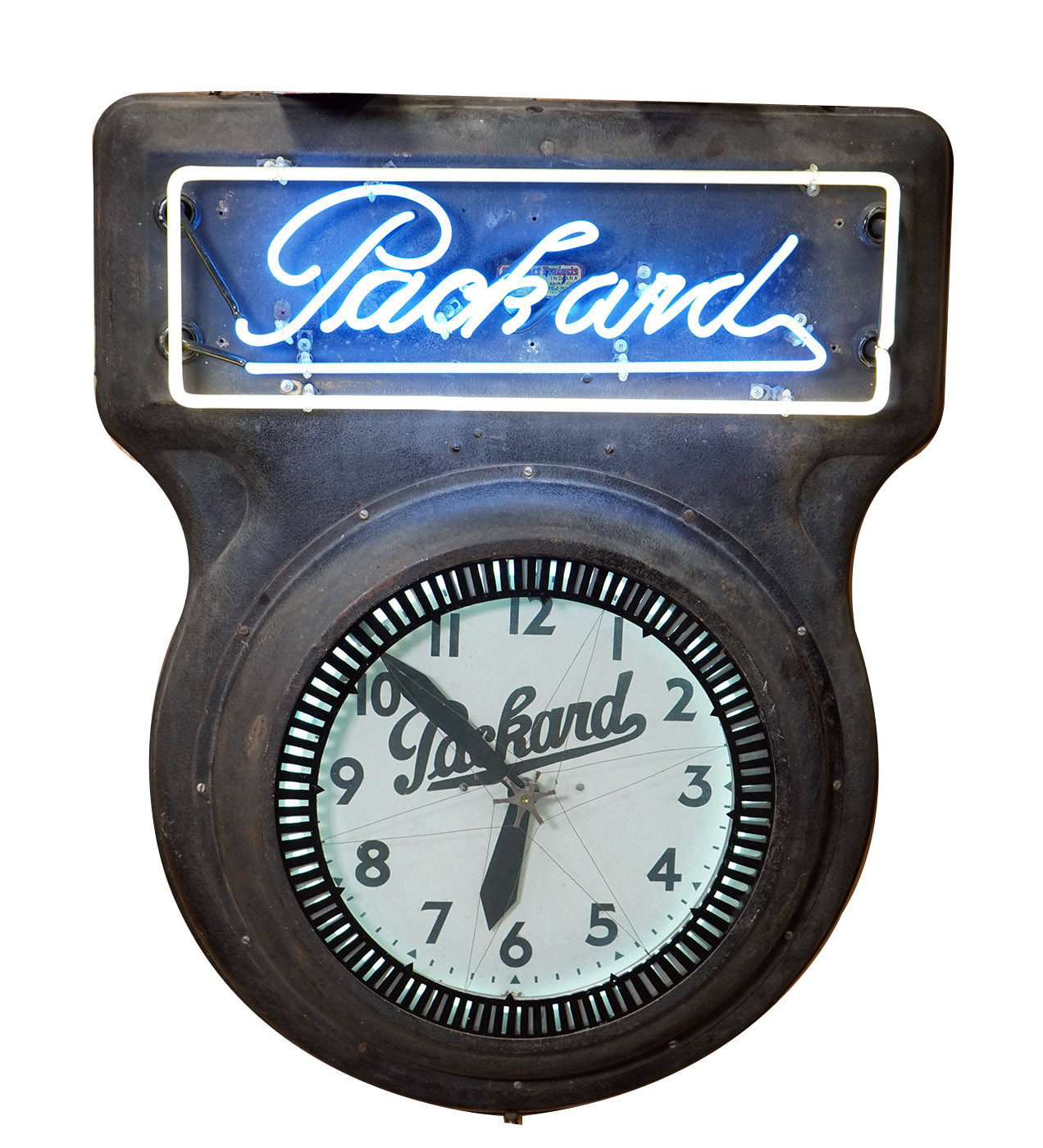
Those road-weary travelers naturally had to stop for a bite to eat or a night’s rest on their journey—as well as take care of any car problems along the way. Roadside restaurants, bars, motels and service stations sprung up to cater to the vacation-by-road adventurers—all of which became prime locations for advertising clocks hawking everything from soft drinks, beer and milk to spark plugs, tires and gas. Car dealerships, too, found a strategically placed clock—often embellished with brightly colored neon—went a long way in keeping their brand at the forefront of potential customers’ minds.
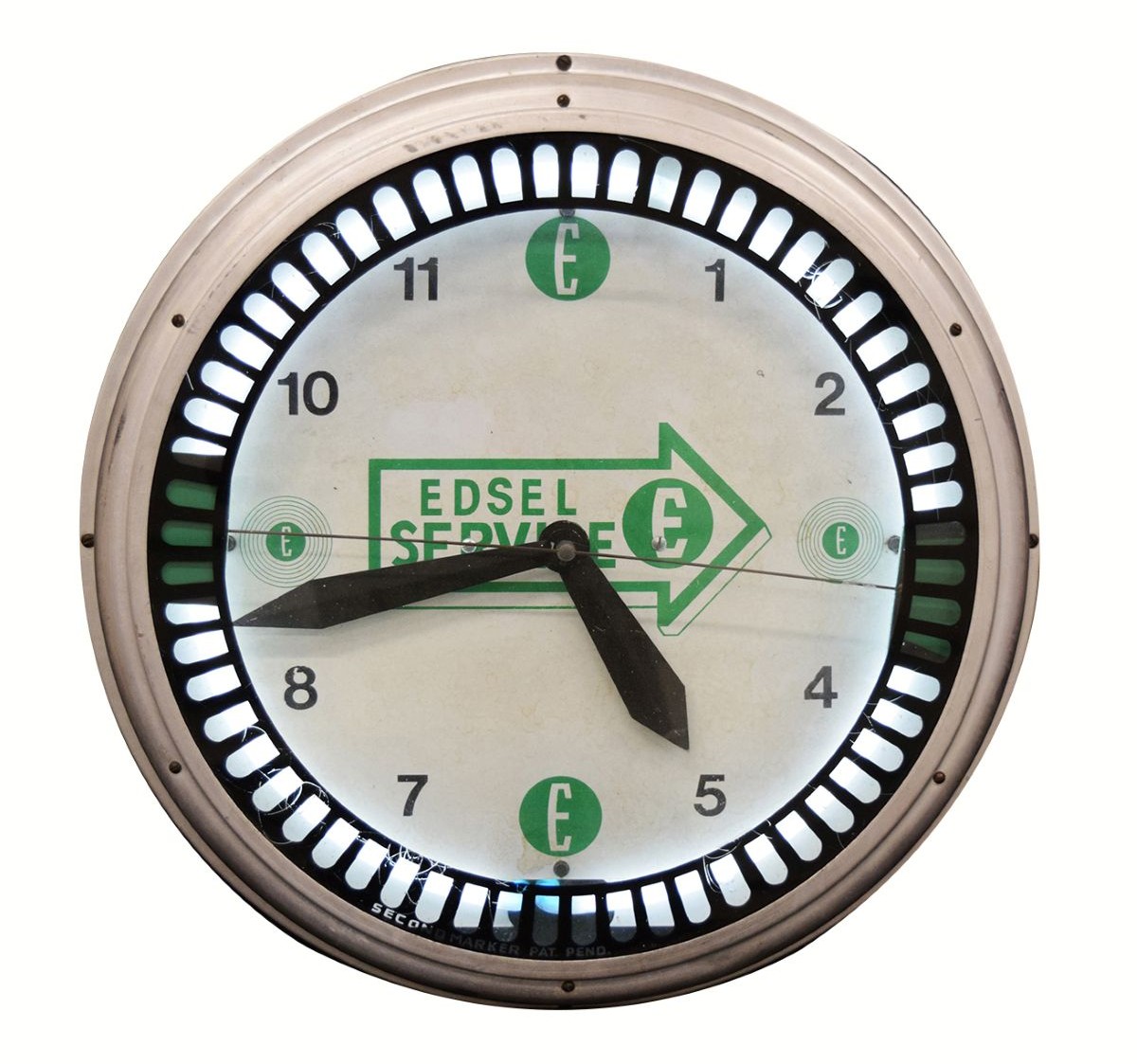
Colorful advertising clocks are often hot commodities at Barrett-Jackson Automobilia Auctions. Sometimes it’s a particular brand name—along with rarity of an item—that turns bidders’ heads. At the 2025 Palm Beach Auction, an extremely rare Dunlop Tires neon porcelain clock from the 1940s (pictured at top) brought in a whopping $79,350. “The clock was a stellar example with pristine porcelain, bright neon and was restored to time-keeping condition,” says Barrett-Jackson Automobilia Director Rory Brinkman. “It is a true once-in-a-lifetime find, and its auction performance demonstrated that.”
Another item representing the company founded by John Boyd Dunlop, who invented the pneumatic tire in 1888, sold at the 2017 Scottsdale Auction for $12,075; this example an extremely rare neon sign with a clock dating from the 1930s that was made for the French market.

Other times buyers may be searching for a unique item showcasing their favorite automobile make. A Packard fan went home from the 2023 Scottsdale Auction after placing the winning bid of $18,975 for a beautiful clock from the 1930s featuring the automaker’s name in neon, while a museum-quality 1950s Edsel Service neon clock sold for $28,750 at the 2022 Scottsdale Auction.
The Soda Wars are alive and well in the world of vintage advertising clocks, too. A stunning museum-quality all-original 1950s Pepsi-Cola neon clock with lighted marquee went to a new home for the winning bid of $21,850, while a neon Coca-Cola clock from the same time period sold for $11,500.
Whether you’re seeking out a unique piece of nostalgia to embellish a wall in your home or garage – or to display with your car collection – a vintage advertising clock may be just the timely ticket.
This article was originally published on Barrett-Jackson.com.
Right now on AutoHunter, you can find this restored 1963 Lincoln Continental Four-door Sedan. It’s powered by its reportedly original 430ci V8, which is paired with a Twin-Range Turbo-Drive three-speed automatic transmission. This Continental is finished in Platinum over a blue leather interior, and comes from the selling dealer in Oregon with a clear title.
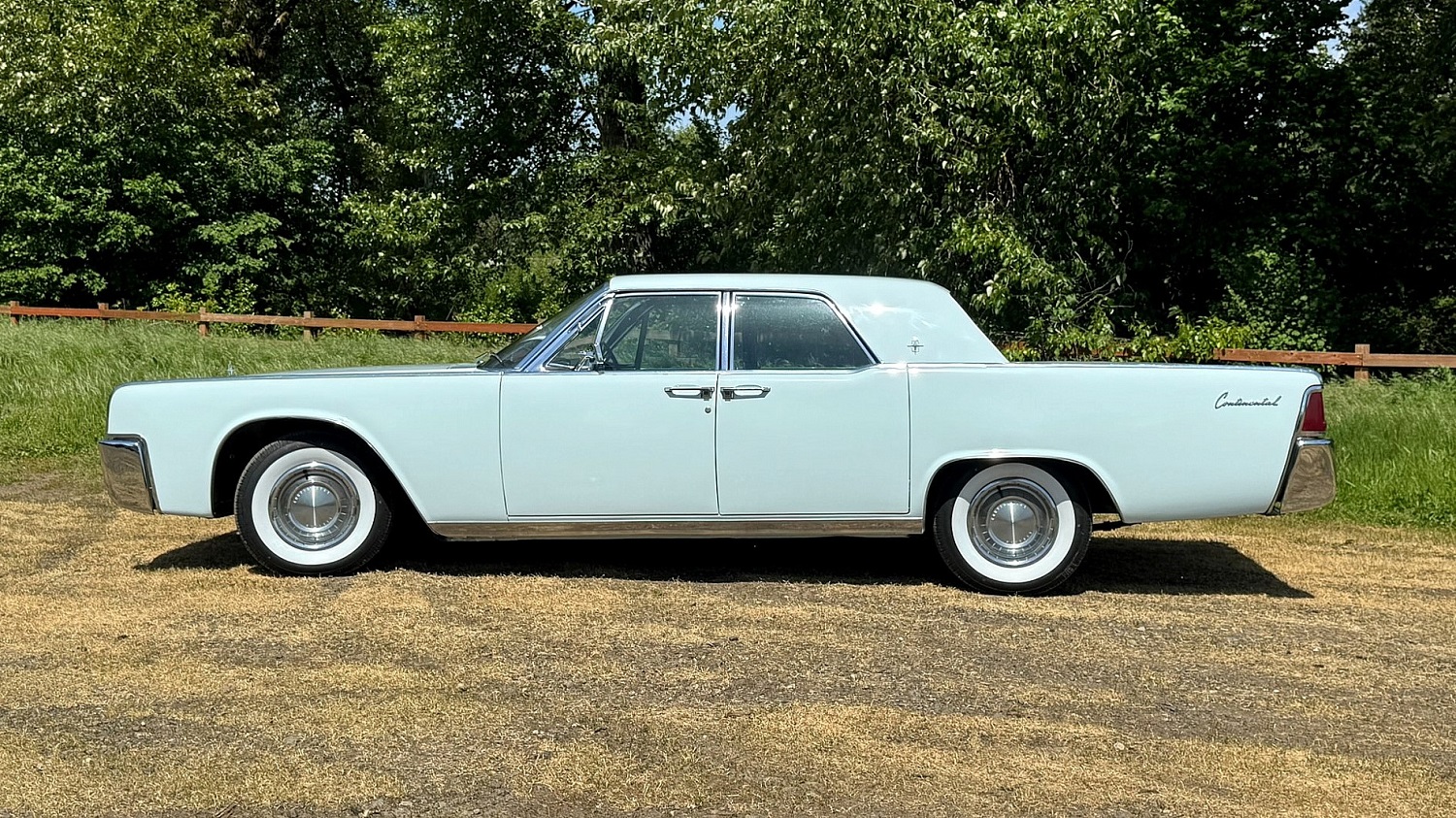
The stately body is finished in Platinum paint and equipped with features such as chrome bumpers, stainless steel trim, a driver-side adjustable mirror, rear suicide doors, a power antenna, and dual exhaust outlets.
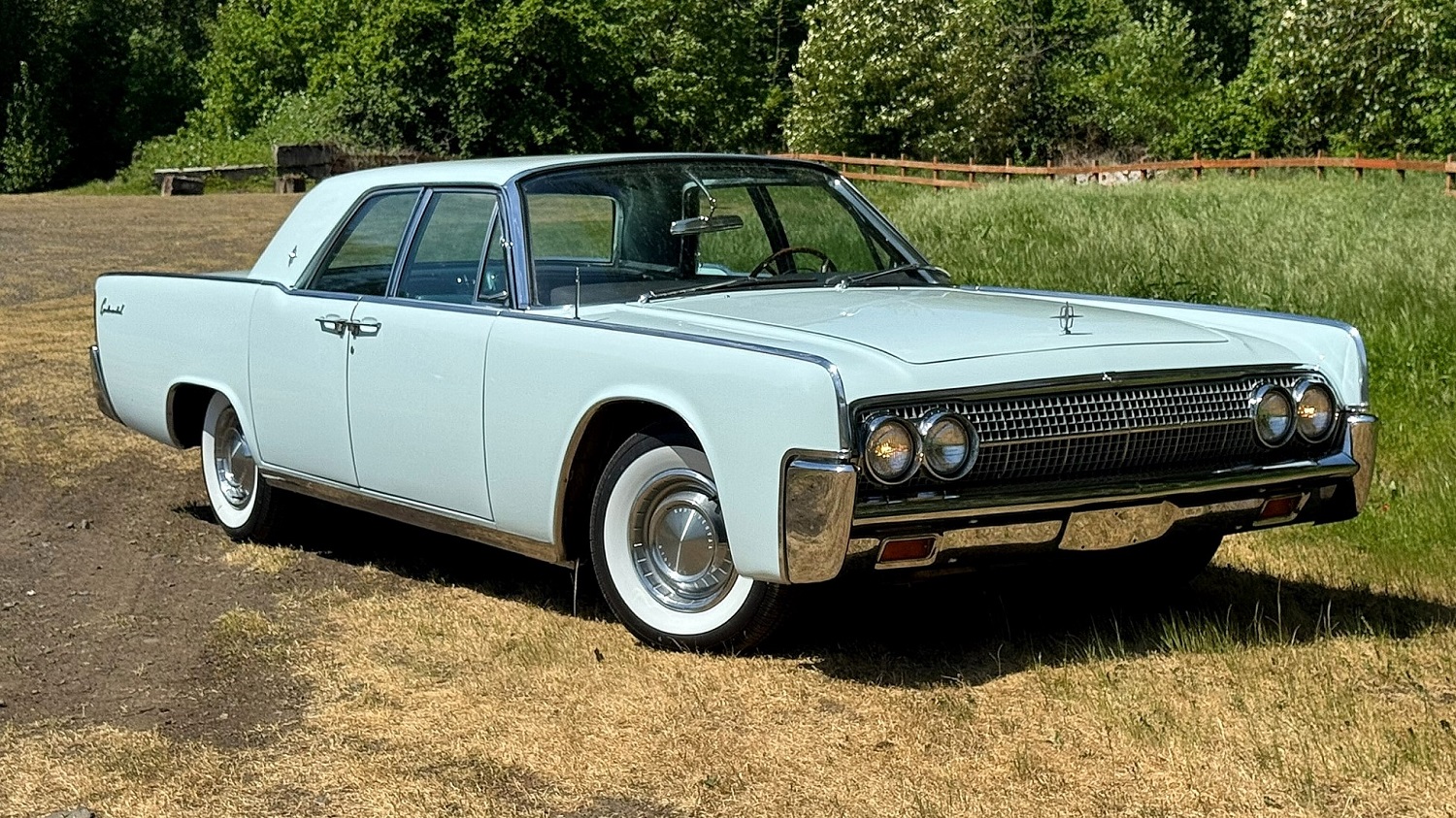
A set of 14-inch wheels with Lincoln Continental covers and 225/75 whitewall tires help this big sedan cruise down the road.
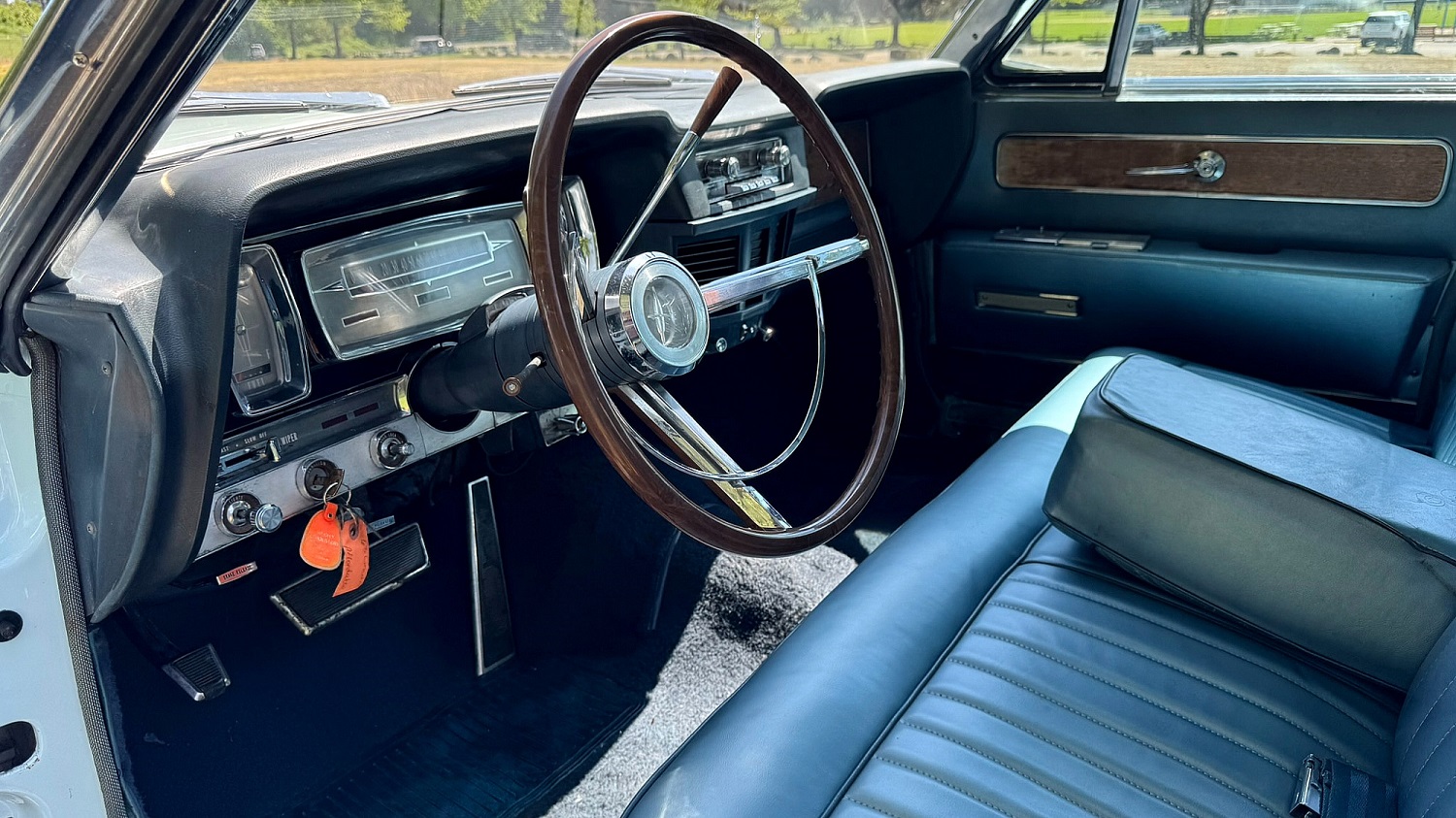
The bottom portion of the power split-bench front seat has been reupholstered in blue leather. Interior features include walnut accents, power locks and windows, power steering, factory air conditioning, and a factory AM/FM stereo.
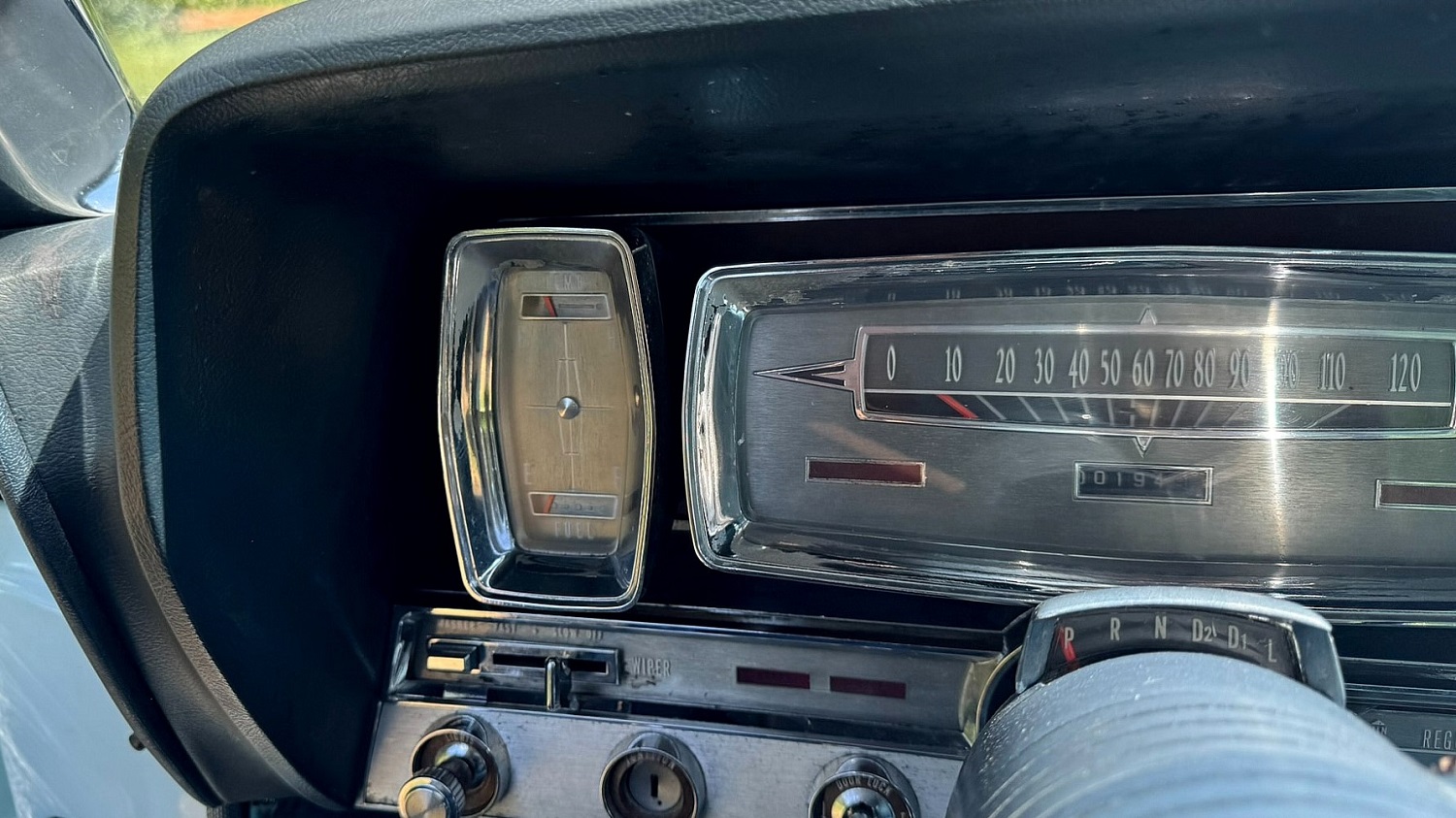
Instrumentation consists of a 120-mph speedometer and gauges for the temperature and fuel level. The odometer shows 194 miles, but the true mileage on this vehicle is unknown.
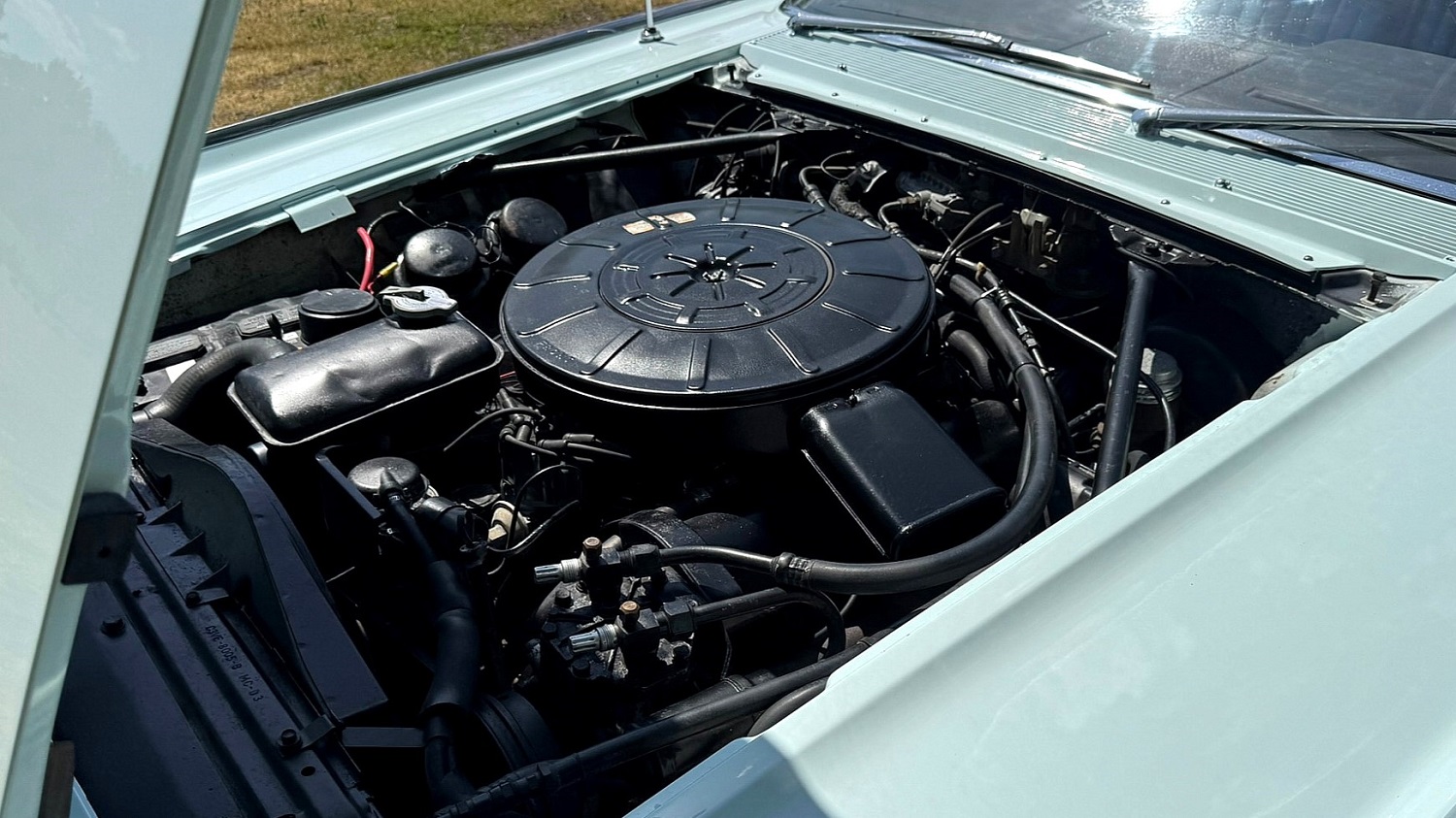
Under the front-hinged hood is the reportedly numbers-matching, four-barrel MEL 430ci V8, which delivers its power to the road through a Twin-Range Turbo-Drive three-speed automatic and a 2.89:1 rear end. Power drum brakes help keep this three-box design in one piece.
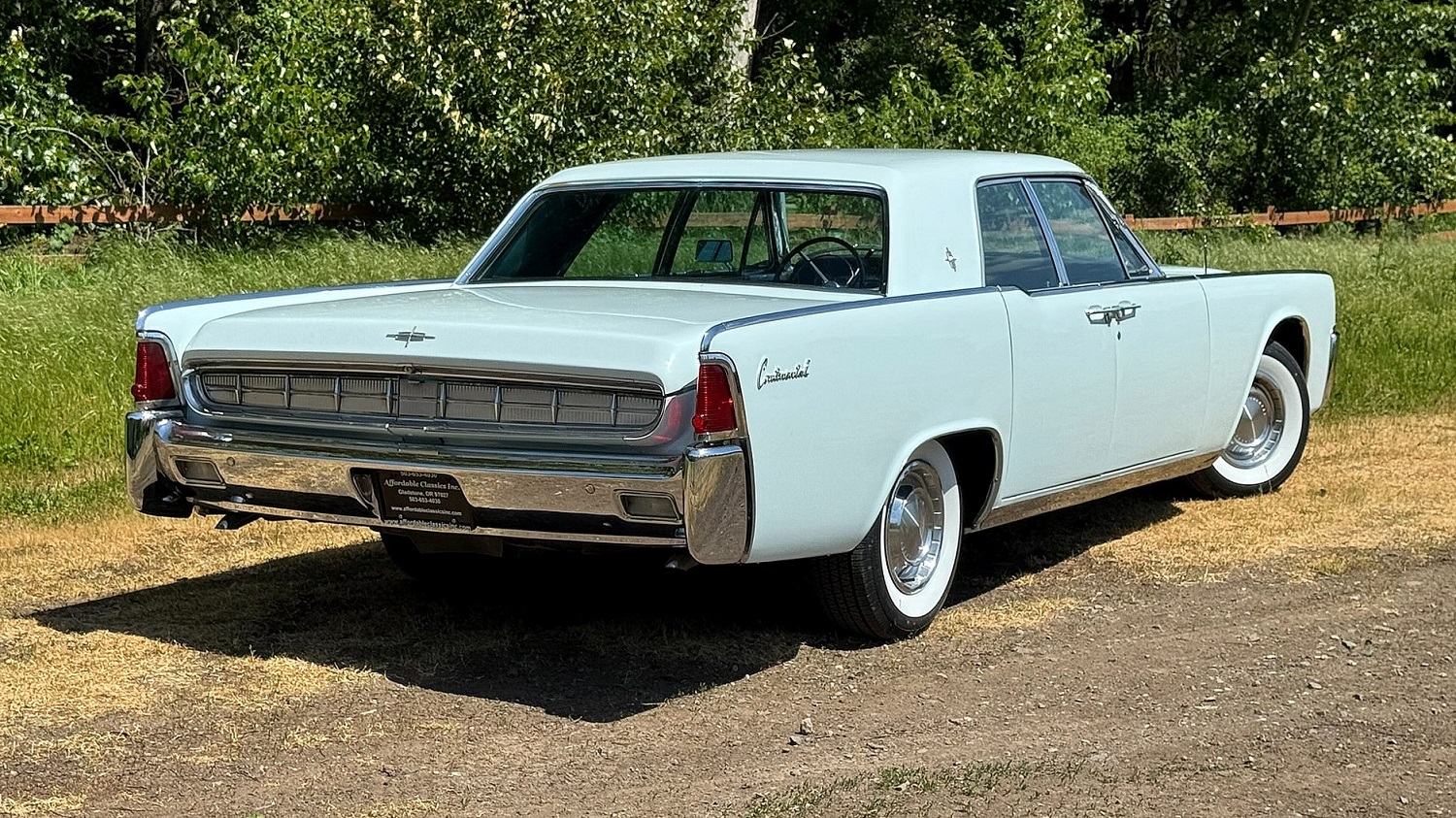
If you like what you see, bid now because the auction for this 1963 Lincoln Continental Four-door Sedan ends on Thursday, July 17, 2025, at 12:15 p.m. (PDT).
Visit the AutoHunter listing for more information and a photo gallery
Today’s Pick of the Day, a 1984 BMW 633csi on ClassicCars.com located at a dealer in O’Fallon, Illinois, starts with a confessional story.
Way back in October 1982, I was a sophomore in high school and had just obtained my driver’s permit. At the time, my dad had a 633csi like this one. I had accompanied my parents to a school-related party in the back of the 633 and was starting to get bored. I ran into my best friend, Jody Chaimberlin, who had also been dragged to the party, which was almost made up of all adults. Somehow, he and I had the great idea to get the keys of the 633 and take it for a spin. I think what I told my dad was that I had to get something out of the car, and he stupidly handed them over.
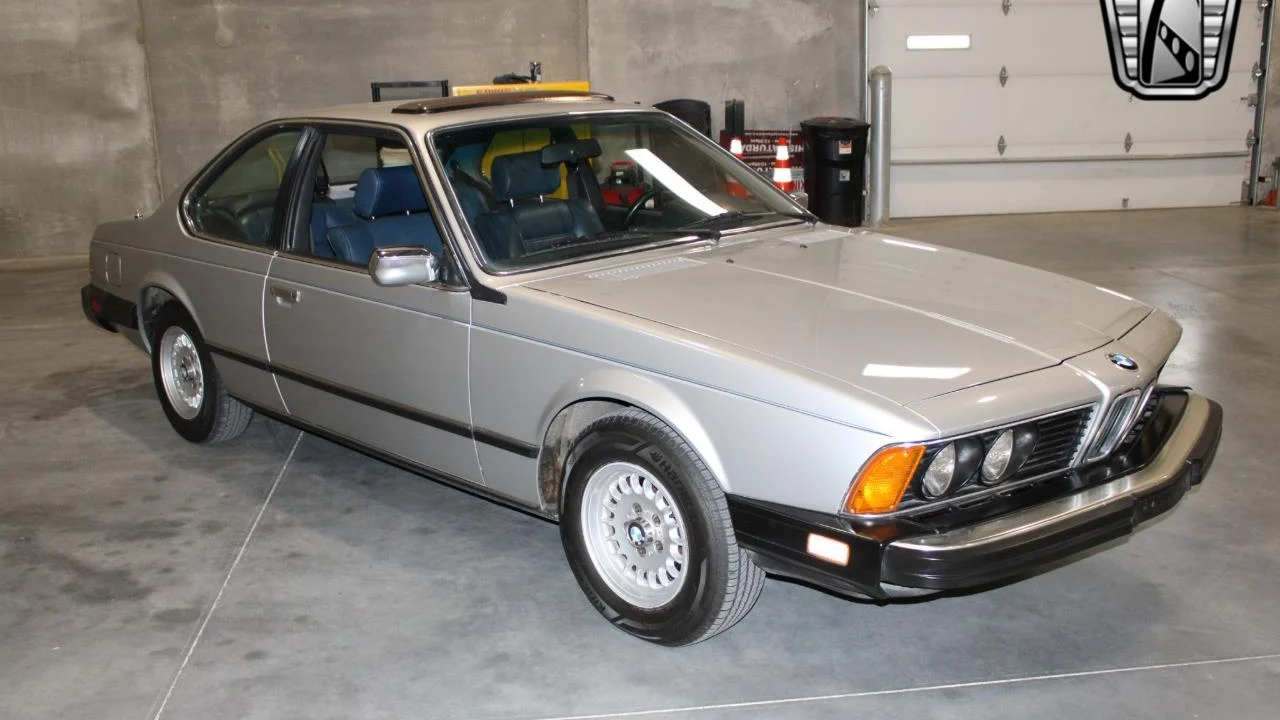
Jody and I jumped in the car and took it for the spirited drive we thought both we (and the car) deserved. At around 65 mph, we were going around a sharp corner on River Road that we had named “Deadman Curve.” At the exit of the turn, I hammered the gas just in time to see flashing lights in my rear-view mirror. We were pulled over and my brand-new driver’s permit was confiscated by the officer, meaning Jody had to drive us back in the 633.
Somehow my parents never found out about this escapade. The crazy part is that my takeaway of the event (which I maintain to this day) was just how amazing it felt to drive that BMW 633csi. It handled so well, with an engine sound that was awesome, and it offered enough performance to get my driver’s permit confiscated. In other words: it was at the time the perfect car.
The first thing that led me to pick this specific 633 was that it is the exact same Polaris Silver paint color with a blue leather interior as my dad’s car.
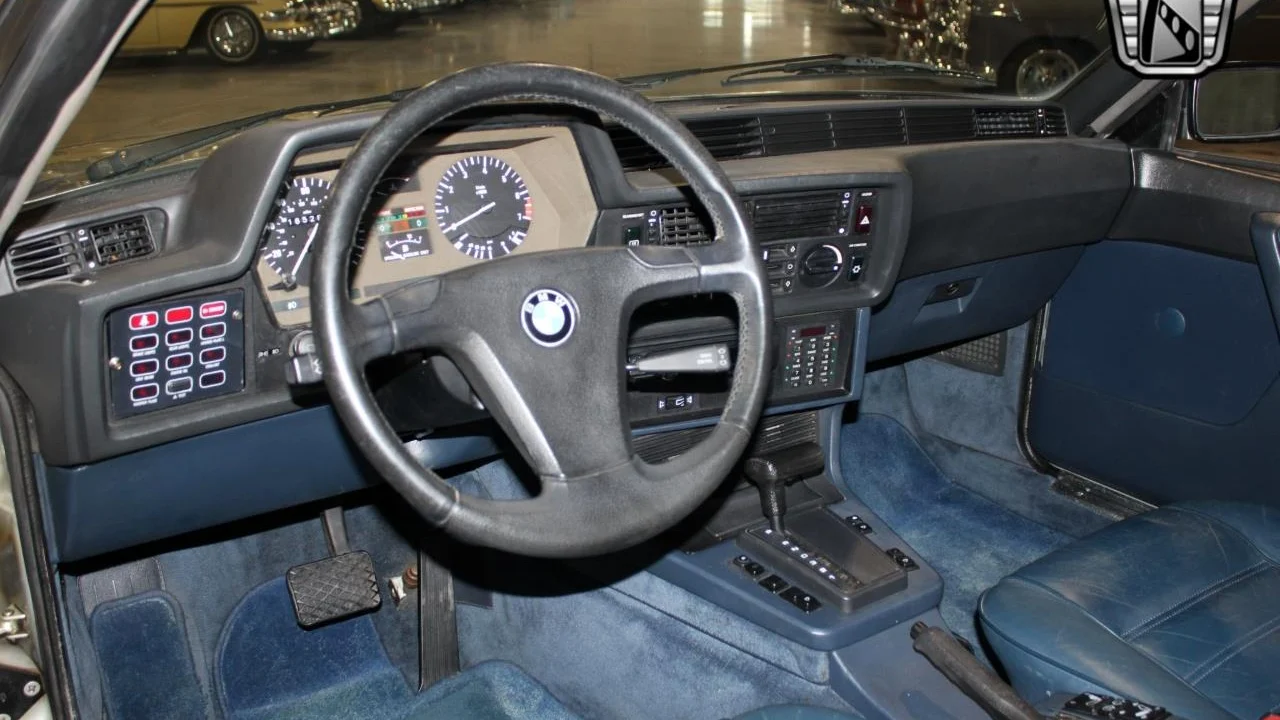
This looks to be a very clean example and, though it has covered more than 160k miles, appears to have been cared for over the years. That seems to be a thing about the E24 6 Series cars: they were either taken care of or completely driven into the ground.
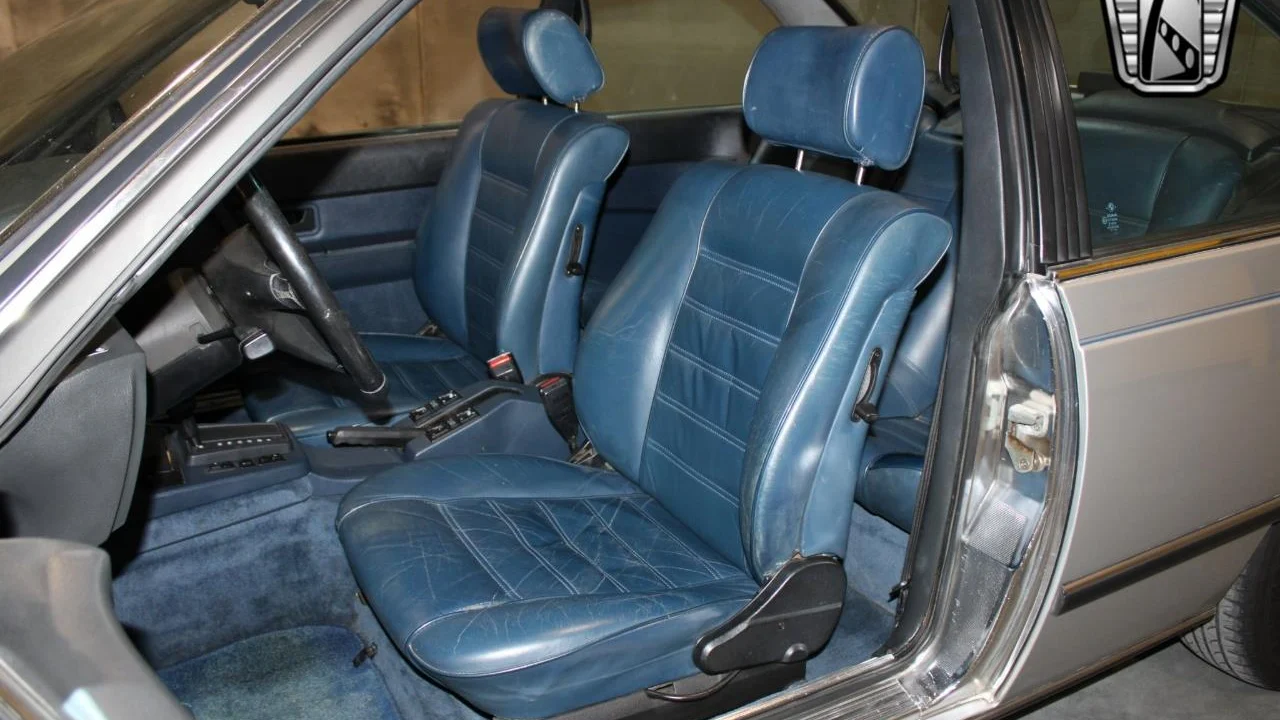
Like all U.S.-spec 6 Series cars, this one has air conditioning, sunroof, and just about every other option you could ask for in 1983. The 633 was one of BMW top-line cars in the 1980s and all delivered here were very well equipped.
The paint looks to be in excellent condition, as does the blue leather interior. I saw no flaws, and the only interior change was the addition of an aftermarket radio.
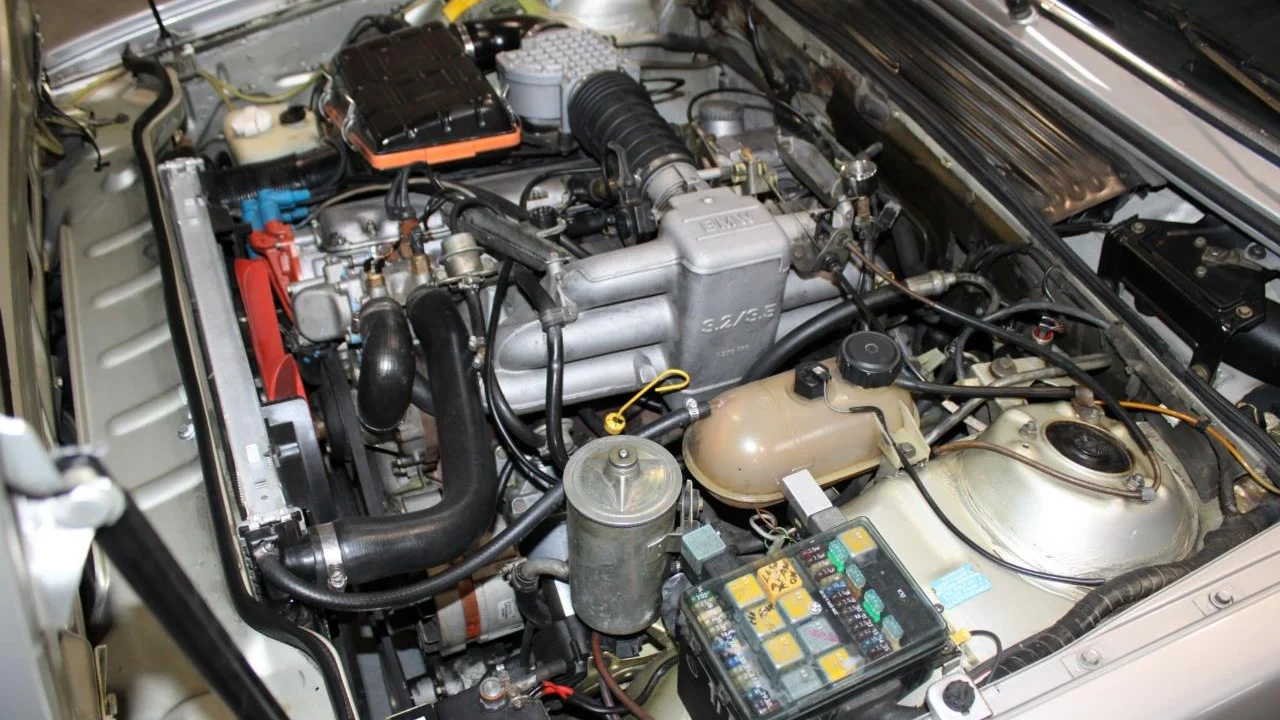
It looks spotless underneath the hood, again suggesting this car looks to be in that category of BMW 6 series cars that have always been taken care of. The fact that it looks like it includes its books, a complete BMW toolkit, and that it is still running on its stock alloy wheels make me think that it has had a nice life.
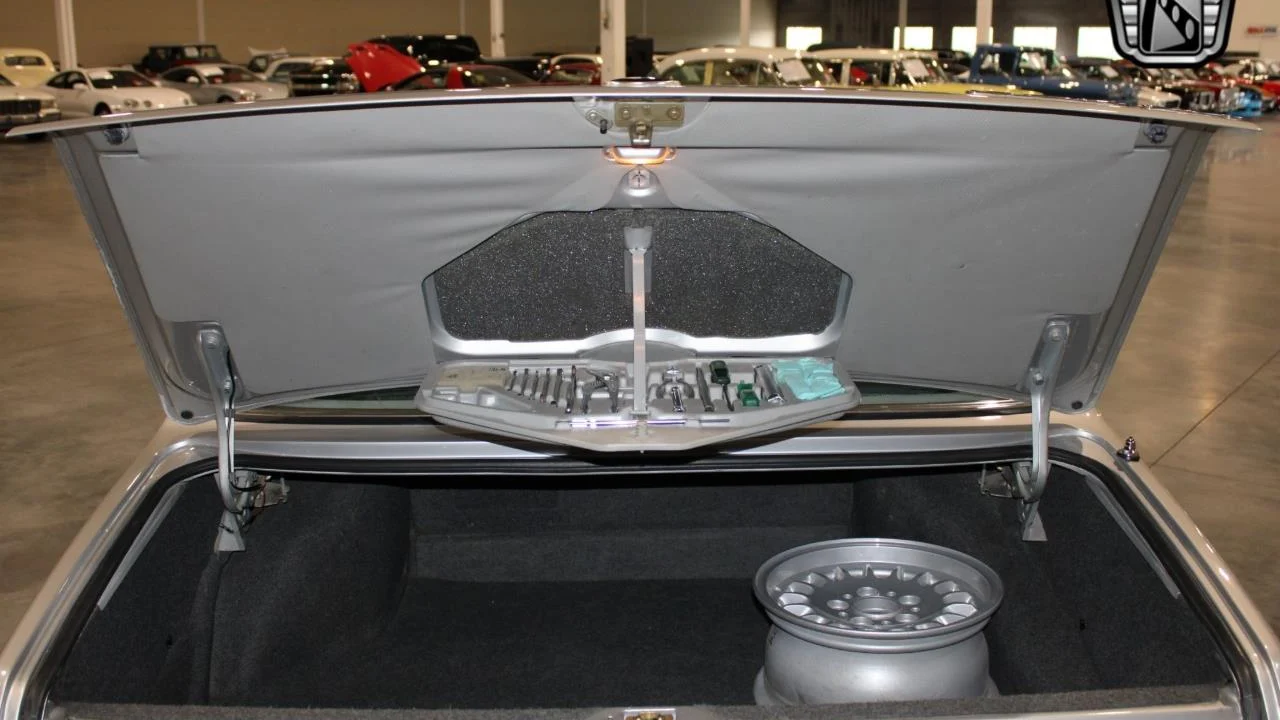
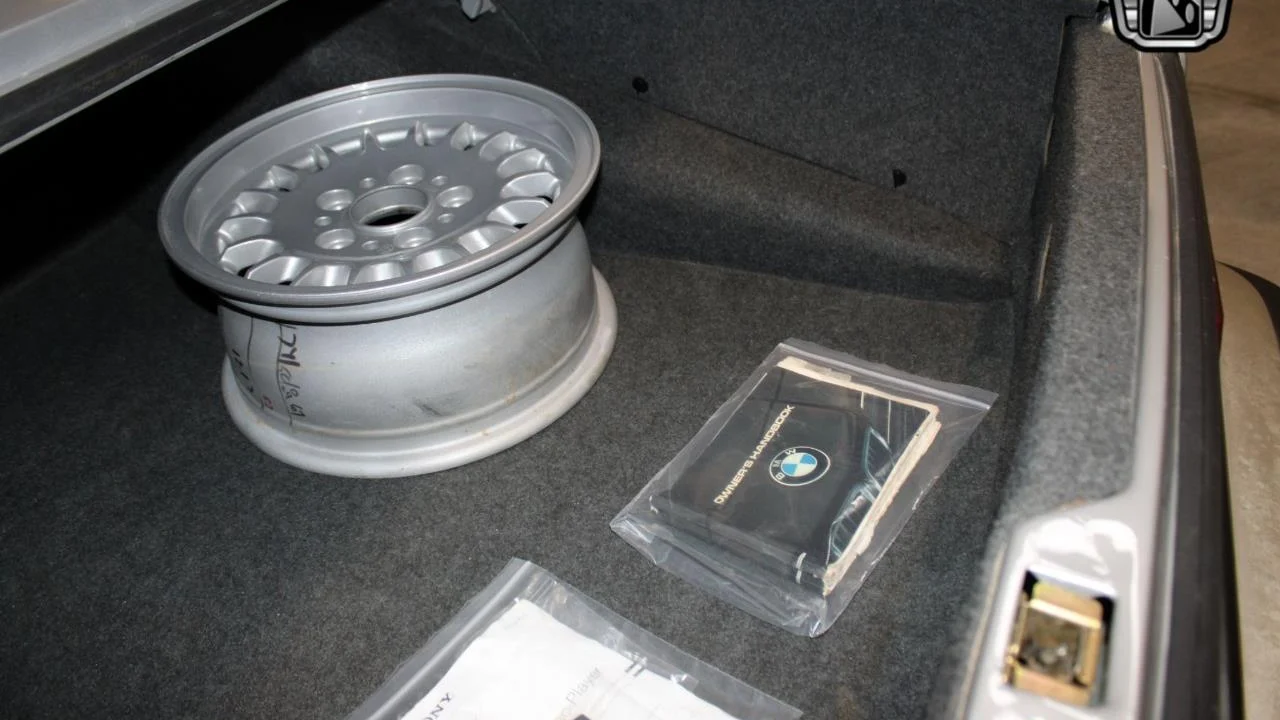
Every once in a while I find a car that is something I consider buying myself. Yes, this car has an automatic transmission, but this is definitely a car I would buy now if it is as good as it looks. The asking price of only $19,000 makes it all the more attractive.
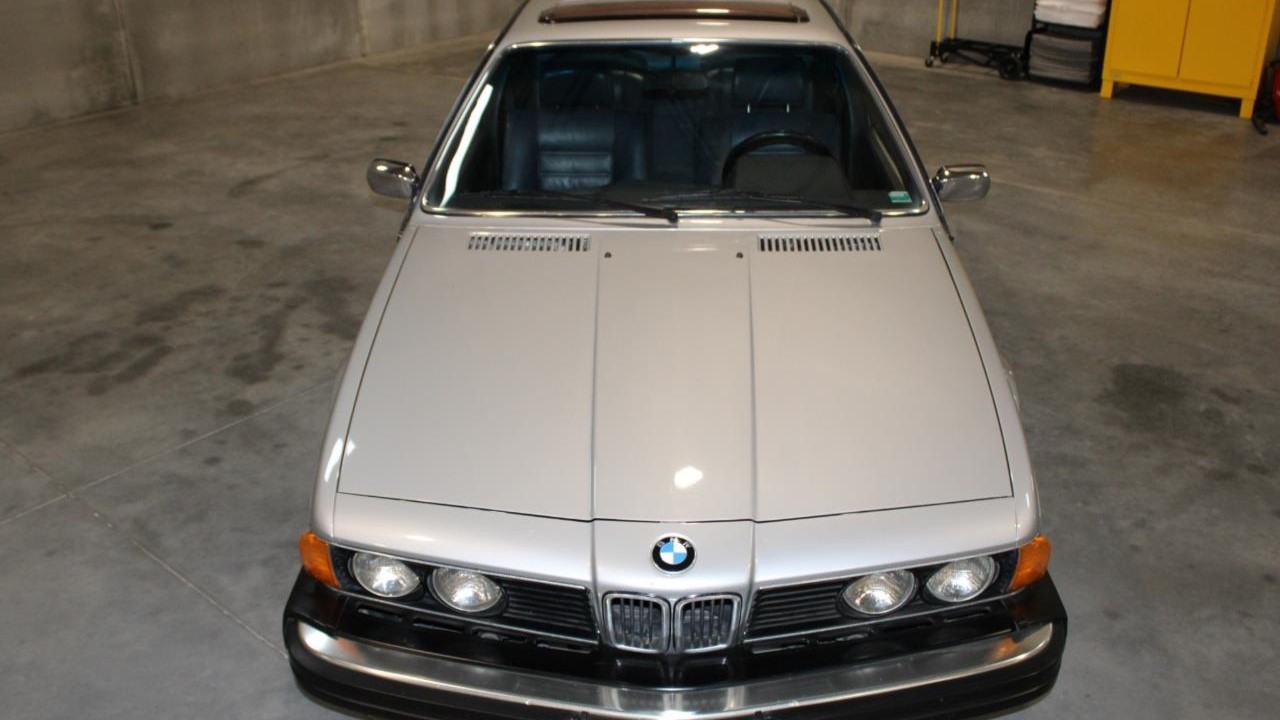
So, if you are looking for one of the best GT cars of the 1980s for driving pleasure, RADwood participation, or just to park in the garage and look at, this 1984 BMW 633csi looks like a great choice.
Click here to view this Pick of the Day on ClassicCars.com.
Classic muscle cars captivate enthusiasts with their roaring engines, bold designs, and rebellious spirit. These machines have shaped automotive history, inspiring generations and leaving an indelible mark on car culture.
Despite skyrocketing interest and nostalgia-driven demand, a surprising number of these iconic vehicles remain within reach for determined collectors and everyday drivers alike.
From legendary nameplates to hidden gems, the world of affordable muscle cars is far from extinct.
This list celebrates 20 unforgettable classics that still offer the thrill of raw power and timeless style—without breaking the bank, at least for now.
The muscle car era roared to life in the 1960s and 1970s, marking a period of unbridled automotive creativity.
Manufacturers fiercely competed to deliver ever-more-powerful engines, bold designs, and raw performance.
This was a time when horsepower wars dominated streets and drag strips, and rebellious engineering reigned supreme.
Automakers weren’t afraid to push boundaries, leading to legendary models that captured the imagination of car enthusiasts everywhere.
It was an age defined by risk-taking, innovation, and a relentless pursuit of speed—fueling a legacy that still electrifies fans today.
The Dodge Hellcat has become the modern benchmark for American muscle, boasting staggering horsepower and head-turning presence. Its thunderous V8 and aggressive looks make it a symbol of speed and raw power in today’s automotive world.
But long before the Hellcat prowled the streets, a different breed of beasts dominated the drag strips and highways. These forgotten muscle cars, once revered for their potency and flair, have slipped from mainstream memory—but their power was no less jaw-dropping.
In this article, we’ll fire up the engines of 15 underrated muscle machines that could easily outmuscle a Hellcat, proving that history is full of ferocious contenders waiting to be rediscovered.
When it comes to muscle cars, Detroit set the world on fire—refusing to play by the rules and rewriting them in steel, rubber, and raw horsepower.
From the late 1960s through the 1970s, the city became synonymous with innovation and fierce competition,
as automakers engaged in a relentless battle to outdo each other in speed, style, and audacity.
The golden era of American performance vehicles was defined by a rebellious spirit,
pushing the boundaries of engineering and design.
Detroit’s insatiable drive didn’t just create cars—it ignited cultural legends,
proving that when it came to muscle, this city never played fair.
Sometimes, the most unforgettable cars aren’t those with the flashiest badges or the highest price tags.
Throughout automotive history, certain models have emerged from obscurity—often dismissed or underestimated at first—
only to outperform their rivals and capture the hearts of enthusiasts worldwide.
These underdogs defied expectations, challenging the established giants and rewriting what was possible for their era.
This article celebrates 15 classic cars that rose from humble beginnings or initial skepticism to become icons,
showing that greatness can come from the most unexpected places.
The automotive world is witnessing a fascinating trend where beloved classic cars are being reborn with cutting-edge electric powertrains. This fusion of nostalgia and innovation allows drivers to experience the charm and timeless design of vintage models while enjoying the benefits of zero-emission technology and modern performance.
Here’s a look at some of the most exciting retro-inspired electric vehicles making waves, each carrying a rich heritage into a sustainable future.
